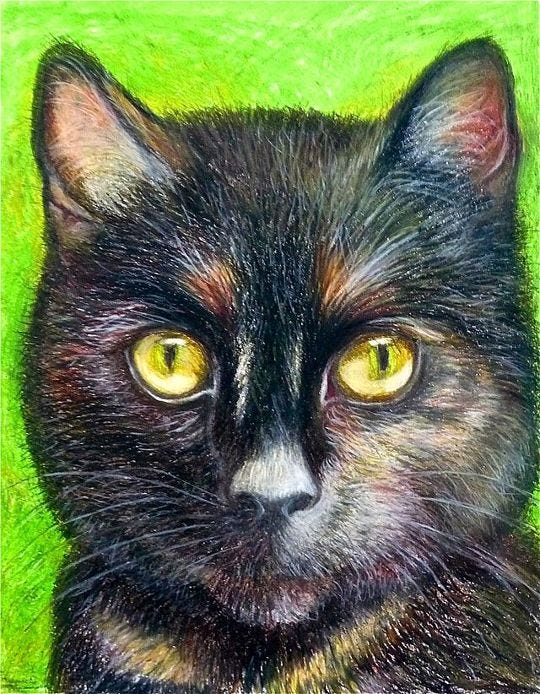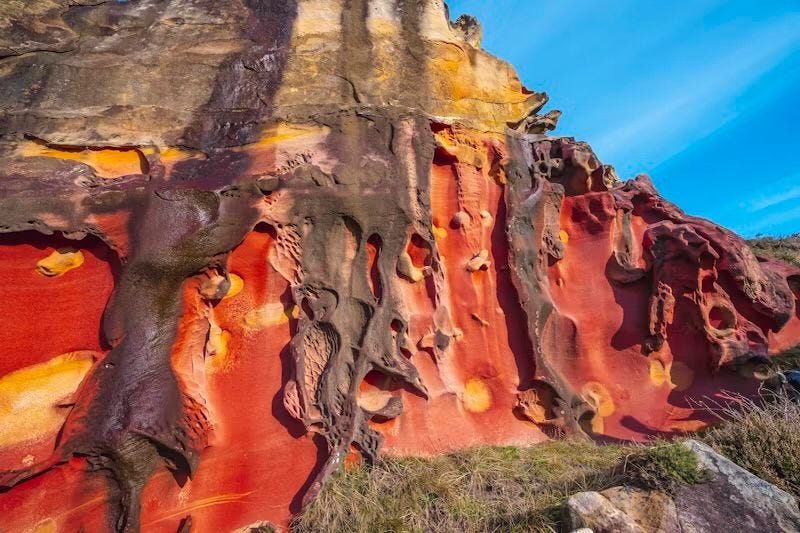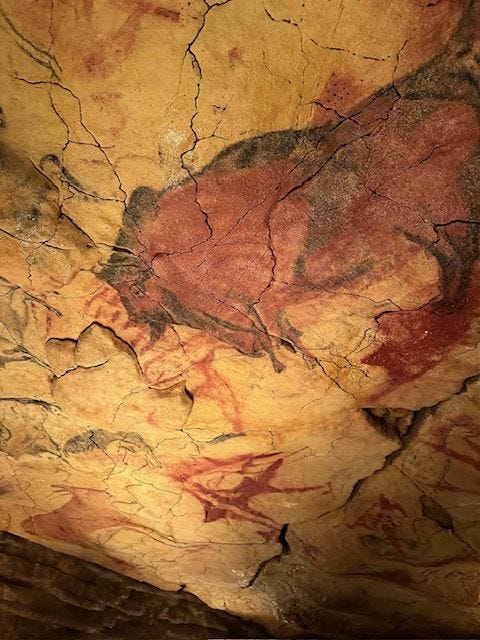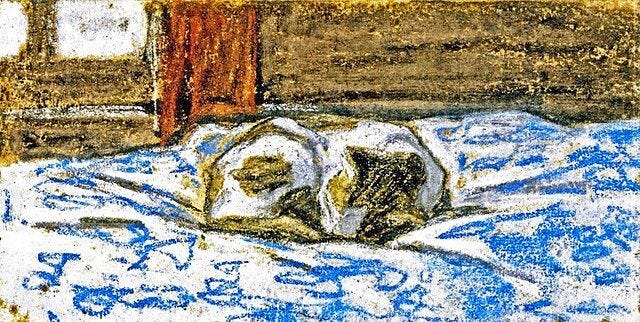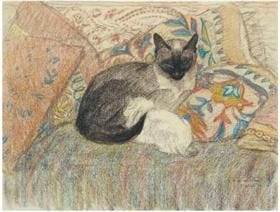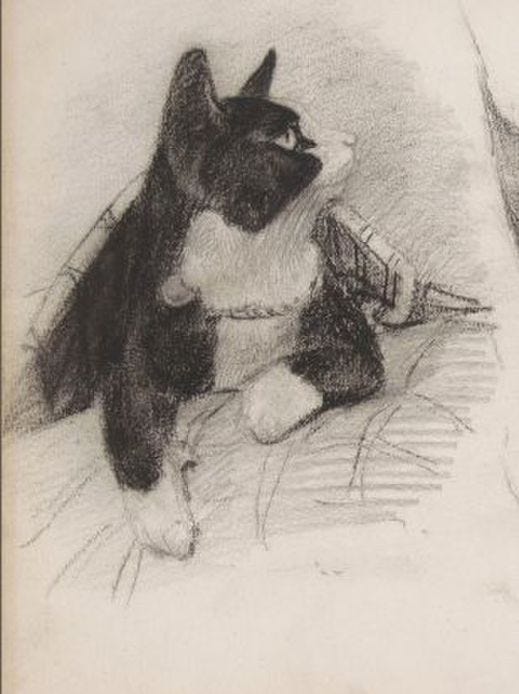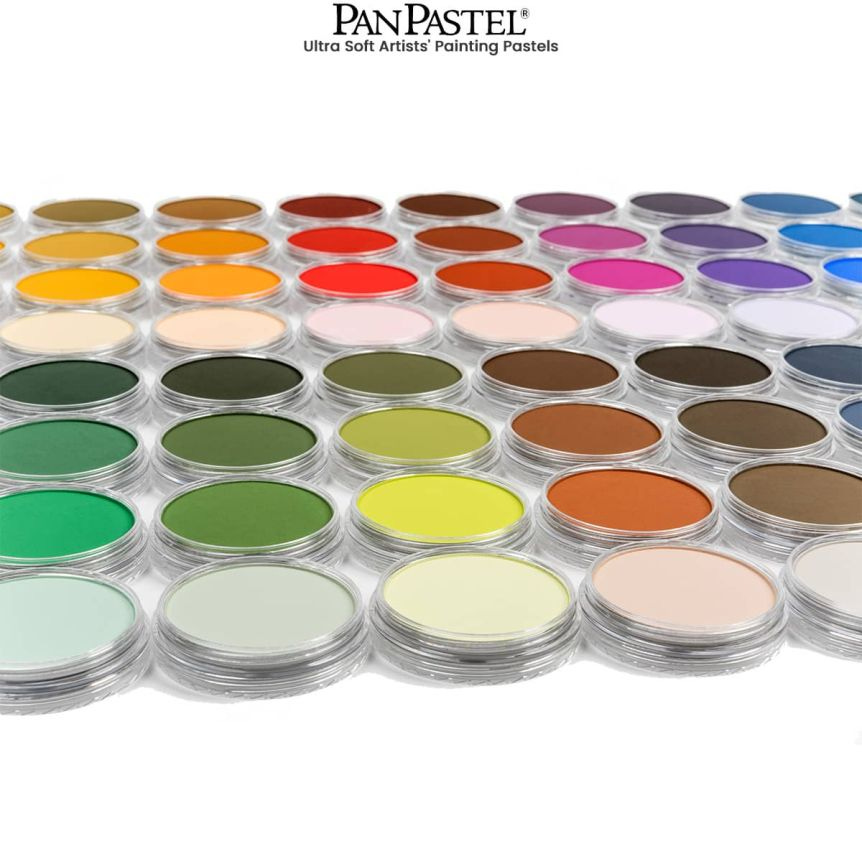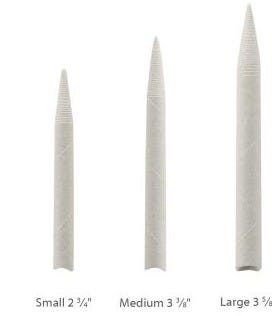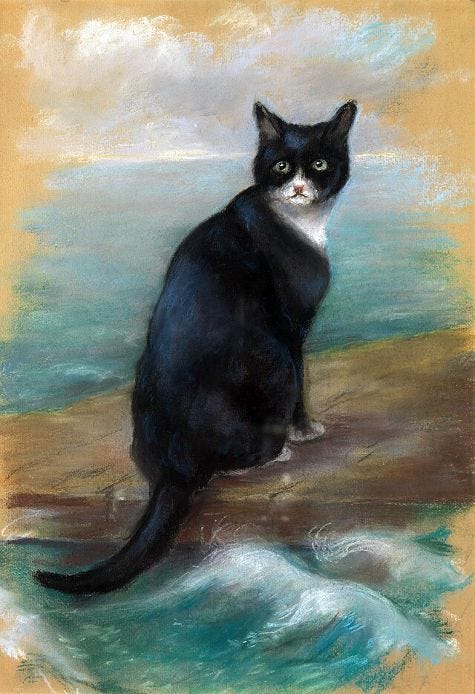“Chocolate” tortoiseshell cat in oil pastel by Louise Dionne. 2012
A very long time ago, our ancestors roamed their habitats searching for plants, prey and protection. In some parts of the world they found shelter within deep caves. Were these humans also searching for tools to express themselves through art?
Southern Europe shows us that humans have found those spaces, sometimes deep within the caves. Lit only by sputtering flames, they ventured into the dark and painted their world on the walls, even the ceilings. Wall art, cave art, wood and stone carvings can be found in many parts of the world.
Look at the colors these early artists used! Colors of the Earth they walked on: reds, ochres, blacks and whites. Today our staples in many mediums are burnt sienna, raw sienna, umbers, red and yellow ochres, dark grays, warm whites, cool whites.
In Part 3 of Cats in Art I described oil paints as the Queen of paint Mediums. But I think pastels are more fun if you are feeling spontaneous. More brilliant in many ways. More whimsical. (Personally, I don’t strive for realism with pastels.) Pastels are pure pigment! They slide, they blend, they smear, enough to reward any five-year-old at heart.
They can be applied as highlights over watercolor or oil paintings. One master of this effect is Albert Handell (alberthandell.com). Though he specializes in landscapes, he is known for his applications of brilliant pastel color in key areas within another medium.
They are also challenging. Pastel painters who have mastered them can stun you with their detail, depth and light.
Pastels come in various degrees of hardness, from very soft sticks and pans to hard sticks, from pans of color to pastel pencils. One can quickly become overwhelmed with the many brands and gradations of color.
Charcoal is a medium I consider a pastel because I use it generally the way I use pastels. Messy but worth it!
Chat endormi sur un lit. Claude Monet. (1840-1926.) Pastel.
Siamese cat and her kitten. Theophile Steinlen. (1859-1923). Pastel. no date.
Charcoal cat drawing. Louis Agassiz Fuertes. (1874-1927) No date.
Similar in usage are another favorite: Conte Crayons. They blend so beautifully you may find it hard to believe it was you that created a likeness of an orange, white or black cat. Conte Crayons are also great for rendering skin color. I like to think that the colors and flexibility of Conte crayons are part of our own ancient heritage.
A sample of Conte Crayons
Tortillions, among other tools, are handy for creating detail and special effects with pastels.
If you want to try different pastels, you might choose a few soft and hard pastel sticks for your pallet. Some art stores offer sample kits for you to experiment with. Or try the methods for using a few primary oil pastels. Pastel paper is recommended as it will hold the pigment within the paper’s texture. You can also buy various sizes and styles of paper applicators, that look like pointed q sticks.
“Unsinkable Sam”: Oscar, the cat from the ship Bismark. Pastel. Georgina Shaw Baket (1860-1951) date unknown. National Maritime Museum.
“Only when he no longer knows what he is doing does the painter do good things.” - Edgar Degas
*****************************************
On Friday, April 18, I will post Chapter 9 of FELINE ONLINE AND THE MAZE OF THE MINOTAUR, with cover and illustrations by Tamara Clark and Rosetta Clark-Smith. Why have the minotaur beetles gathered small balls of gold and jewels? Will Emily and her friends discover Bastet’s secret on the other side of the stone door?
CREDITS: Tamara Clark
Artwork images included in this post can be found within the USA public domain: Thanks to Commons.wikimedia.org for providing images with a user-friendly search engine. Art material photos: Jerry’s Artarama:




